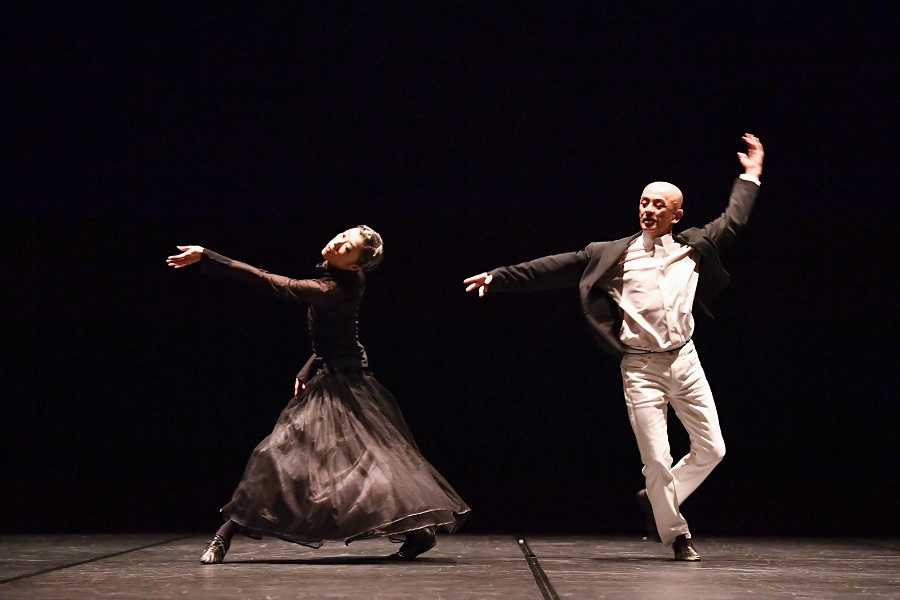Celebrated Japanese choreographer Saburo Teshigawara returns to London with his danced telling of Dostoevsky’s The Idiot showing at The Coronet from 20 to 30 March. Here he discusses his creative process, simplifying things and the beauty of encounters.

How did you first come across The Idiot and what made you want to create its dance adaptation? Could you tell us a bit about the creative process you used here?
I’m interested in how you create a dance piece from poems or novels. I don’t mean dance just as a “translation” of the literature. Rather the adventure is how to take what we perceive from the original novel and create a new artwork from it. The important thing is that the creation should always respect the original novel.
To make this into a dance piece, I decided to concentrate on what I felt was the essence of the relationship between Myshkin and Nastasya – how similar they are as human beings despite their differences in social background and life experiences. To bring their introspective and sensuous world into my own abstract yet real spirit was my key to making The Idiot as a dance piece. By distinguishing the characters’ inner worlds from their social meanings, I can start to find universality and project something hidden and dark that all humans possess.
In general I am interested in the hidden aspects of human beings and how they appear and reveal themselves despite ourselves.
For The Idiot, you are performer, director, designer, and creator of the sound score. How did you find being involved with almost every aspect of creating this production?
Before any decisions I make based on artistic principles or my desires or demands, I have my five senses; to see, to listen, to smell, taste…my skin perception and moving sense of balance. We live on the basis of having the necessary technique whether it is for making harmony or discord. For me, to create means to get all of these senses and abilities together and make them active.
We can talk about the technique required for the body to dance but, above all, we need imagination to think about the relation between body and music or body and air and gravity. Visual matters are very physical and you could say that breathing and vision are related.
We make various connections between our perceptions and try to understand each of them independently. To create a piece means to technologise an independent perception. It is a request, a necessity, and a desire in order to think about development. There we establish an unknown harmony as a goal.
I can think of that as something complex. Thinking about something simply is sometimes difficult. When you look at things straight-forwardly and can admit that things are complex, you understand powerfully about simplicity. To accept things as they are is an attitude to try to understand complexity. Simple things are not simple in that you always have to digest complexity before reaching it.
This is how I like to approach difficult things. It is interesting to simplify things more and more.
How are you intending to install the piece on the Print Room’s stage?
I am hoping to do so in the most optimal way.
You have had a long and illustrious career. How have you combined this with your personal or family life? Have you made any particular sacrifice in order to create and perform your work?
It is unclear when my life started, and when it will end. It is like music which is already being played, with no way of knowing when it will end. All the numerous encounters are interesting. Sometimes I meet beautiful things or people but difficulties are always there too, like a best friend. We have no choice but to live this life with the numerous encounters. But it is happiness, even luck – the joy to share difficulties with strangers.
The Idiot runs from 20-30 March | Book now